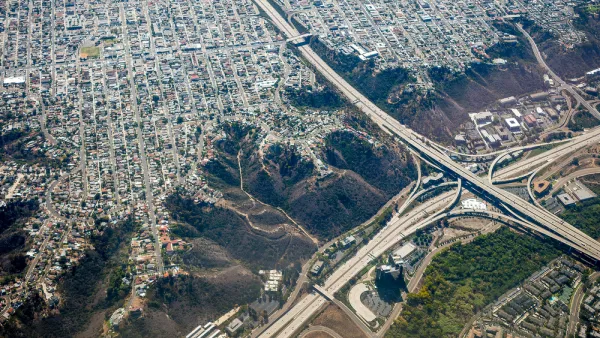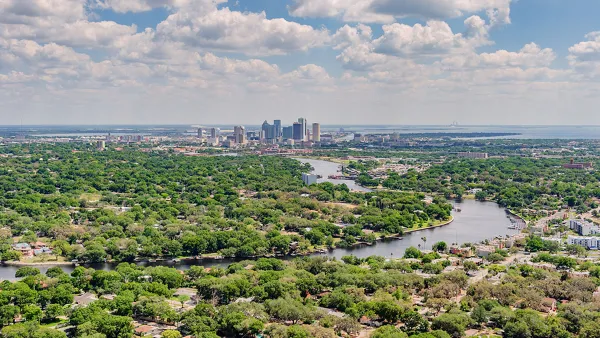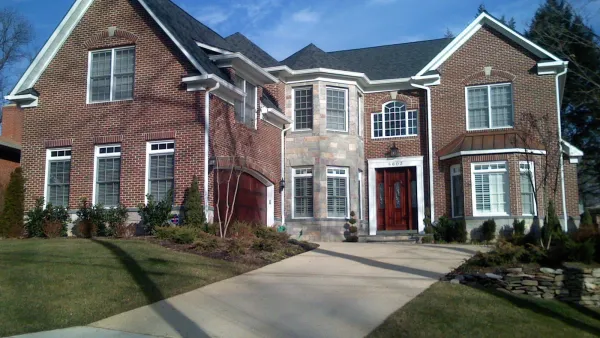A melting economy and struggling suburbs may mean it's time to reconsider how we model our cities and development patterns, according to this column.
"For a half-century we've watched the suburban sprawl machine ooze its ticky tacky across northeastern Illinois with little regard for aesthetics, for the rising cost of energy or, for that matter, the cost of leaving the region's have-nots behind in older, have-not communities."
"We convinced ourselves that nothing could be done about this process because, after all, it's a free country. It's what people want. And the business model-buying up land by the quarter section and selling it by the square foot-was surefire. Everybody made money-the farmers who sold, the developers who bought and built, the mortgage and real estate brokers."
"But wait. Now that the sprawl machine has slowed to a dead stop; now that its life's blood of easy mortgage money flows no more; and now that our trust in the unfailing wisdom of "free men and free markets" has cost us half of our retirement savings, maybe, just maybe, it's time to revisit the inevitability of suburban sprawl."
"But as the housing industry grinds to a halt, and as the "masters of the universe" on Wall Street are revealed to be no smarter than you or I, there is a growing sense that tomorrow's economy need not be modeled on the one that just failed us."
"If the federal government can use our tax dollars to bolster private banks, why can't states, counties and towns require private developers to include some energy efficiency, transit access, walkways and just plain common sense?"
FULL STORY: A brave new (sprawl-free) world

National Parks Layoffs Will Cause Communities to Lose Billions
Thousands of essential park workers were laid off this week, just before the busy spring break season.

Retro-silient?: America’s First “Eco-burb,” The Woodlands Turns 50
A master-planned community north of Houston offers lessons on green infrastructure and resilient design, but falls short of its founder’s lofty affordability and walkability goals.

Delivering for America Plan Will Downgrade Mail Service in at Least 49.5 Percent of Zip Codes
Republican and Democrat lawmakers criticize the plan for its disproportionate negative impact on rural communities.

Test News Post 1
This is a summary

Test News Headline 46
Test for the image on the front page.

Balancing Bombs and Butterflies: How the National Guard Protects a Rare Species
The National Guard at Fort Indiantown Gap uses GIS technology and land management strategies to balance military training with conservation efforts, ensuring the survival of the rare eastern regal fritillary butterfly.
Urban Design for Planners 1: Software Tools
This six-course series explores essential urban design concepts using open source software and equips planners with the tools they need to participate fully in the urban design process.
Planning for Universal Design
Learn the tools for implementing Universal Design in planning regulations.
EMC Planning Group, Inc.
Planetizen
Planetizen
Mpact (formerly Rail~Volution)
Great Falls Development Authority, Inc.
HUDs Office of Policy Development and Research
NYU Wagner Graduate School of Public Service





























